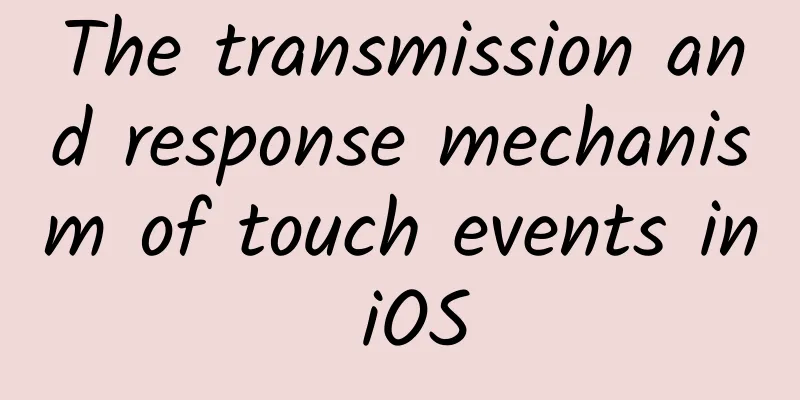The latest version of Android supports FIDO2 standard for password-free login to apps or websites

|
Google has just announced a new collaboration with the FIDO Alliance, bringing Android users a convenient option to log in to websites or apps without a password. This service is based on the FIDO2 standard. Any device running Android 7.0 and later can log in to commonly used apps or websites with a fingerprint or PIN code after upgrading to the latest version of Google Play Services. While regularly changing your passwords to complex ones is an effective way to keep your accounts secure, they are often long and difficult to remember (unless you use a unified password manager).
The good news is that thanks to this latest collaboration between Google and the FIDO Alliance, we can expect more secure and convenient login options, such as through biometric data that is difficult to steal or copy.
Christian Brand, product manager for identity security at Google, said: “There’s an often-overlooked point about this technology – it doesn’t allow users to log in using biometrics, but rather pattern authentication where the secret is already shared.
In fact, many mobile banking apps (as well as modern browsers such as Chrome, Edge, Firefox, etc.) already support similar convenient login functions (dot-line map, face scanning, or fingerprint login).
According to data from the Google dashboard, about half of the world's Android devices are ready to support FIDO login. |
Recommend
What exactly is this high-end “brand tone”?
At the last meeting, the boss brought up the conc...
Solid info! Information flow advertising optimization guide applicable to the entire industry!
A few days ago, I received messages from many fri...
Taking the wrong medicine may be life-threatening? Effervescent tablets, capsules... How should different types of medicine be taken?
With the rapid development of material conditions...
The seemingly simplest complex question: What exactly is life?
This silly bird is just as confused as the rest o...
Sanxingdui's "world's best" will be on the Spring Festival Gala in the Year of the Tiger, and it is still amazing after 3,000 years
On the eve of the Lunar New Year, at the "Sa...
Are these 13 sayings about drinking water true or false? Let’s find out in one article today!
The all-mighty and caring greeting: "Drink m...
From 0 to 20 million, the 3-year growth path of Get APP
1. Get the PMF of the app PMF, or product-market ...
After two months in the job, I would like to share my new experience on product operation and promotion!
After joining the new company, I had the opportun...
How to make a spoken video on Douyin? What are the ways to monetize Tik Tok?
This article mainly introduces how to make a spok...
White goods overcome innovation barriers with AI+IoT, but still have difficulty solving user pain points under market demand
Artificial intelligence-related technologies inclu...
Why is live streaming app development so popular?
Nowadays, the development of various mass communi...
Interpretation of the May sales ranking: Ideal is back on track, Xpeng is gradually falling behind, and Huawei and Xiaomi each show their shortcomings
In the first two days of June, new energy vehicle...
Transfer Learning: How to Learn Deeply When Data Is Insufficient
[[191502]] The most common obstacle in solving pr...
Message signing and encryption/decryption - Developer Q&A
Q Why do we need to launch the message encryption...









